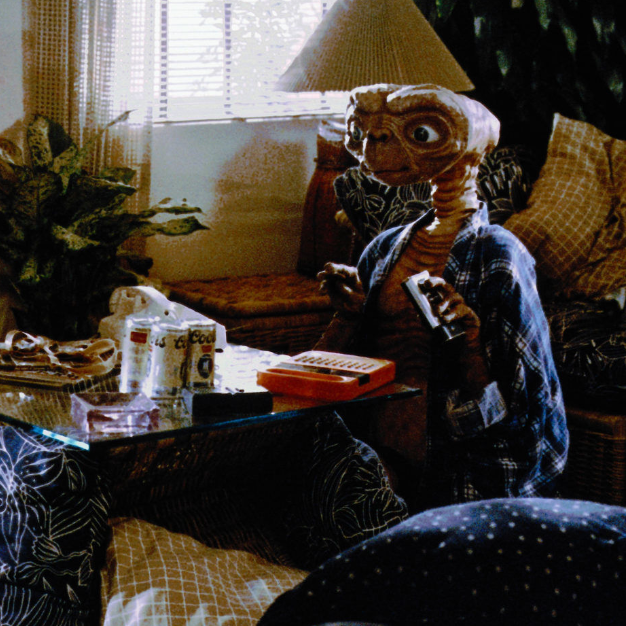Notice: Undefined property: stdClass::$error in /var/www/html/wp-content/themes/theissue/inc/misc.php on line 71
As if this decade could get any stranger, we must now deal with the possibility of aliens attempting to find us. A new draft paper by the Pentagon’s UFO investigation wing and Harvard scientist Avi Loeb suggests an alien mothership could be hovering above our solar system. It could be exploring our galactic neighbourhood by sending out small probes they call “dandelion seeds”. According to the draft, astronomers would not be able to detect these probes with survey telescopes as they would be too small to reflect enough sunlight.
So, how did these aliens zero down on Earth to begin with? What the authors suggest is quite similar to how scientists on Earth have been trying to discover alien life. For alien civilisations, Earth, Venus and Mars would seem likely to be inhabited by life forms because they’re rocky and have an atmosphere. The presence of liquid water makes our home planet the perfect candidate for our extraterrestrial friends (one can only hope these are friends) to explore.
Does that mean these aliens could stop by for a chat, E.T. style? Not quite. It’s possible that the alien civilisation sending out these probes does not even exist anymore. The draft explains, “Since most stars formed more than a billion years before the Sun, it is possible that other technological civilizations predated ours by the amount of time needed for their devices to reach Earth.”
Loeb told Live Science that it “resembles checking our mailbox for any packages that may have accumulated over time there, even if the senders are not alive anymore”.
In June 2022, the Pentagon established the All-domain Anomaly Resolution Office (AARO) to “detect, identify and attribute objects of interest” that could pose a threat to national security. It includes “anomalous, unidentified space, airborne, submerged and transmedium objects”. AARO director Sean M. Kirkpatrick joined hands with Loeb to release the draft, “Physical Constraints on Unidentified Aerial Phenomena”, which has not been peer-reviewed yet.
Previously, Loeb researched ‘Oumuamua, a cigar-shaped interstellar object that scientists detected in 2017. The discovery puzzled even the brightest minds in the field, and theories that it was an asteroid or a comet did not fully seem to make sense. Scientists could not explain its acceleration, which was three times faster than an average asteroid in the solar system and did not have a tail like comets usually do. Loeb believed it was an alien spacecraft. Many members of the scientific community criticised him for this belief and thought it was baseless. In fact, on March 22, there came a new development on the strange object. In a study published in Nature, researchers Bergner and Seligman said that processes outside the solar system that we do not know about could have influenced its strange acceleration. So, likely not an alien spaceship in their opinion.
But it was Oumuamua and IM2, an interstellar asteroid that collided with Earth just six months prior to the former’s closest approach to Earth, that inspired Loeb and his team of researchers to draw these recent conclusions. The coincidences between the two drove them to consider that “an artificial interstellar object could potentially be a parent craft that releases many small probes during its close passage to Earth.”
Loeb and Kirkpatrick’s research is highly fascinating and could pave the way for new approaches to studying extraterrestrial beings. This probably doesn’t mean we’ll get to interact directly with any mysterious life alien forms just yet. Whether that’s for better or for worse, or if they’re friends or foes, is still unknown.




